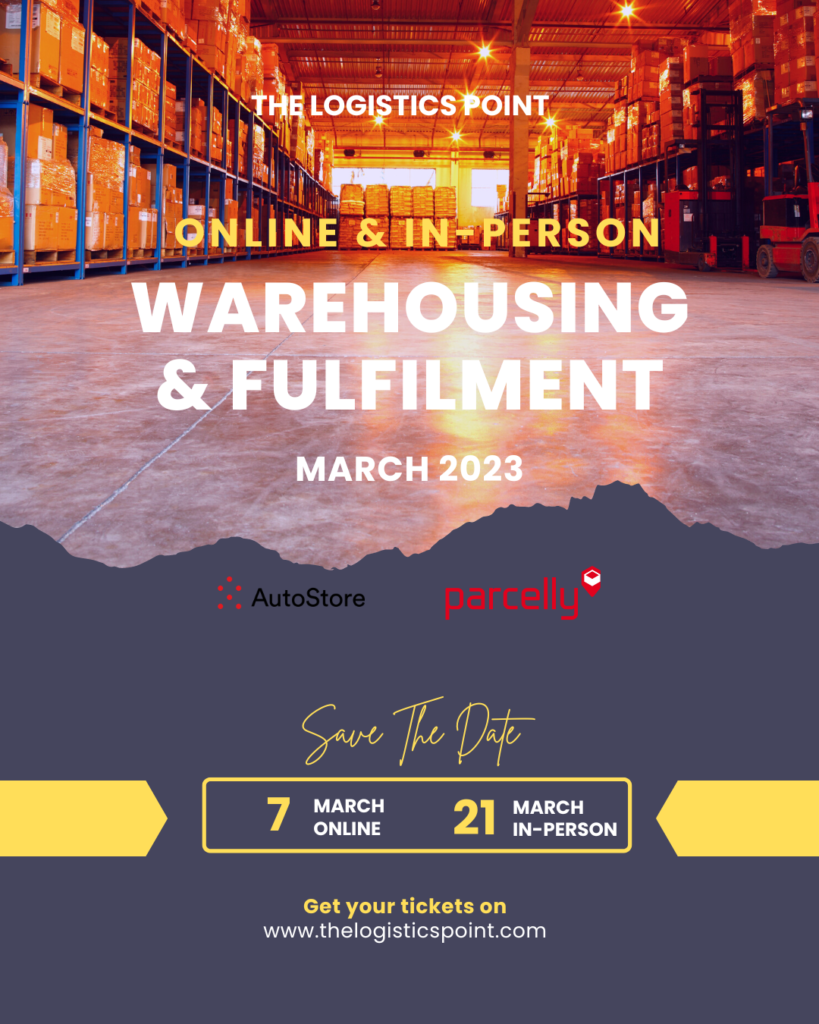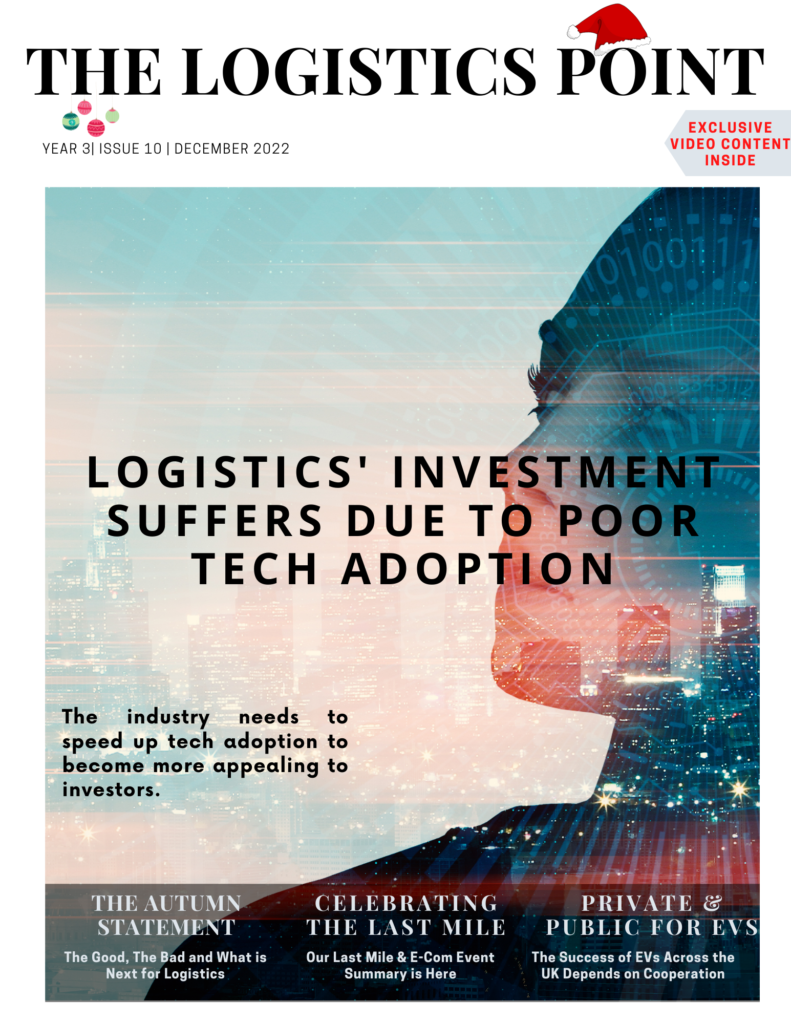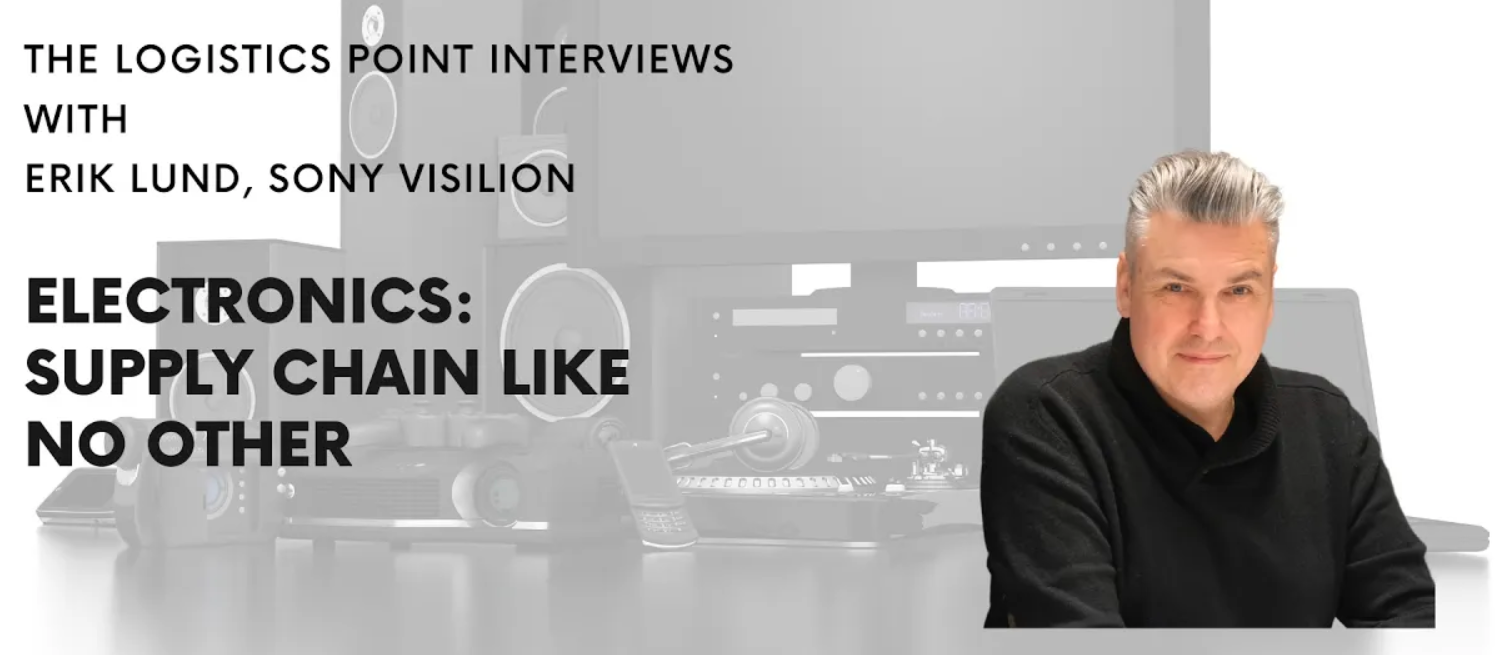The electronics’ supply chain is certainly unique on multiple levels. It is not only a high value sector, but embraces technology in a way that many other supply chains do not. We spoke to Erik Lund, Head of IoT Tracking Division, SONY Visilion, about the challenges electronics face and how organisations are monitoring and replying to the uncertainty that has been building up during the last few years. You can watch the full interview with Erik now.

Erik, as with all other sectors, the electronics’ market has been heavily disrupted over the last few years. Are things settling down now and what are the challenges at present?
The blockages in the supply chain that companies have been fighting in the last couple of years are easing up. This includes ports’ congestion and unavailability of containers. Ocean rates have also been going down. So while those challenges are starting to be resolved for many, now we’re seeing everything that everybody has been pushing to get on the road, plane and ocean, arriving just when demand is softening. Problems are not appearing at the destination areas as a net set of problems around warehouse capacity and demand.
For the electronics’ sector they have been dealing also with the component shortages. That remains unchanged. Lead times are also going up rather than going down.
Electronics are a high value sector. How can goods be protected on the supply chain side of things?

Yes, the industry is certainly high value as well as a high value transport. There are a lot of attempts for theft. It is very much an industry that’s focused a lot on loss prevention and profit protection. The aspect of supply chain security monitoring is very much on the top of managers mind next to risk management. Insights are sought about where things are but also where they are expected to be. Any information with regards to deviations of any kind is tremendously important for electronics companies.
Often we hear about this but as often no one seems to own the process. What about the electronics’ sector? Who owns it there?
Contrary to other industries, the electronics’ sector takes this as a responsibility for themselves or they seek solutions for themselves. Cargo and asset tracking type services are very much in the discussion or being sought after by the companies within electronics.
But also they look for the more advanced service where you provide an active Control Tower, a service where you’re monitoring the progression of all the various shipments that are ongoing. They want to have the ability to act and interact when necessary.

What trends should we expect when it comes to tracking in the supply chains in the next few years?
We are expecting more and more to have a real time or near real time visibility of all the moving components in the supply chain whenever it might be. This would include individual assets like ships, cargo, etc. There will be a need to provide an insight into possible losses, but also to optimise and orchestrate their use of their own assets and facilities better and even more tightly than is the case today.
But certainly we are seeing the type of technologies that we are working with are reaching a maturity stage. And it is something that is driving the discussion a lot and will be doing so in the coming years as well.
Is it possible that investment will suffer because economies are under pressure?
To the contrary. The pandemic has shown the need to know what is happening in a much more real time case. And that that remains unchanged. The digital transformation of people and supply chains is something that is happening and has massive values to be reaped in operational efficiency and gains. We are seeing a lot of those conversations starting in the early stages of projects.
Watch the full video interview with Erik Lund, Head of IoT Tracking Division, SONY Visilion now. ✷


